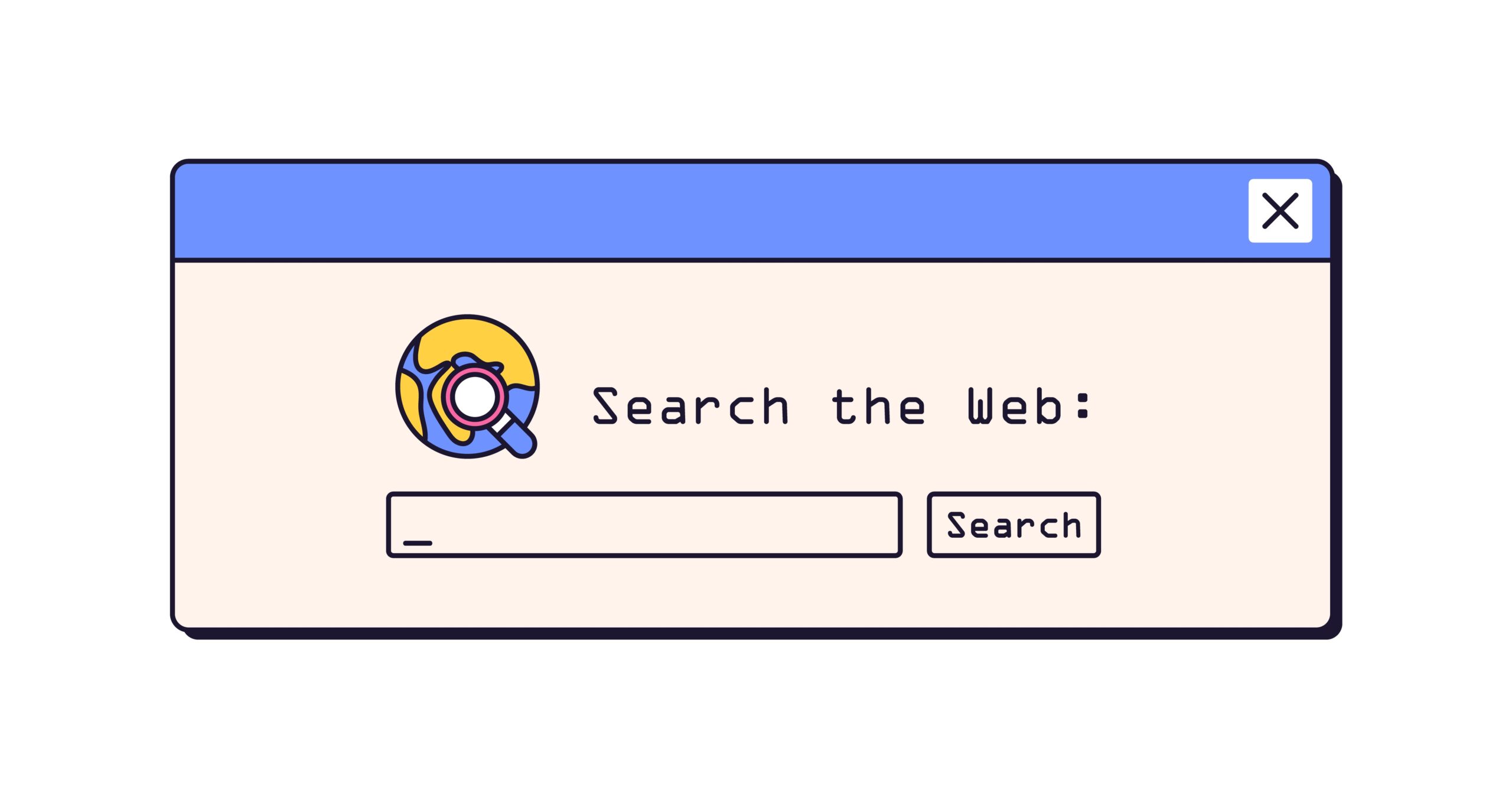How People Use Search Engines to Investigate You—Without Ever Asking Questions

Billions of searches happen daily across Google Search, Microsoft Bing, Yandex, and other search engines. Most users never think twice about how search engines work or how much they reveal in return.
A simple query can say a lot. Traditional search engines track users through cookies, pixels, and behavioral data — feeding the search algorithm that determines which web pages rank higher on a search results page. Over time, this creates a map of your habits, interests, and connections.
Even a casual Google search like “yoga class in [your city]” can surface geotagged photos, event check-ins, and local listings that quietly expose your weekly routine.
The dominant search engine, Google, currently holds more than 90% of the global search market share and processes billions of search queries each day. Yet even alternative search engines such as DuckDuckGo, Startpage, and Brave — known for enhanced privacy and tracker blocking — still pull results from larger indexes. In other words, anonymity is partial at best.
Understanding how search engines, data collection, and tracking users intersect is no longer optional. It’s the foundation of digital self-defense.
How Indirect Search Queries Reveal Private Details
An investigator doesn’t need your full name to find you.
Typing a combination of search terms, such as “engineer Seattle marathon” or “dentist Tampa alumni event,” can uncover connections across multiple sources — news articles, archived posts, and social networks.
Traditional search engines associate entities based on patterns. The search algorithm looks for links between people, locations, and dates to provide relevant results — even when no name appears in the user’s query.
Privacy-focused search engines like DuckDuckGo claim not to store search history. In contrast, metasearch engines such as Ixquick and Qwant compile results from multiple indexes to provide answers without user tracking. But those same tools can still aggregate tracking data if visited through a mobile browser or shared across other sites.
Even data removed from a particular website may persist in cached copies through the Internet Archive. That’s how a single search can reconstruct someone’s online activity from fragments — especially when pulled from academic papers, forum posts, or older blog mentions.
Reverse Image Search: When Pictures Tell a Story
Visual search has made photos one of the easiest forms of digital identification.
Upload an image to Google Images or Microsoft Bing Visual Search, and within seconds, the engine scans shapes, colors, and patterns using language models and AI mode to locate visually similar matches.
These large language models don’t just find duplicates. They provide answers directly from context — linking images to articles, YouTube videos, or forum profiles.
Private search platforms like TinEye or Brave use an independent index and private mode to limit visibility, but once a popular search engine indexes an image, removal becomes difficult.
Unlike Google, smaller engines such as Yandex or Baidu may emphasize region-specific indexing. For instance, Yandex search results often pull from the Korean market, while Baidu Maps and Baidu Images prioritize Chinese-language sources. These regional differences demonstrate how each particular search engine applies its own rules of visibility, ranking, and attribution accuracy.
That diversity helps global users — but it also means your photo can appear in more places than you expect.
Public Records and Persistent Exposure
Search engines index far more than personal profiles.
They also crawl public records, court filings, company registrations, and government databases. Web crawlers continuously collect this content, improving site performance in search rankings and increasing personal exposure.
Through Google search results or Microsoft search, anyone can access company filings from the SEC’s EDGAR database, property listings, or licensing data. Even private search engines with enhanced privacy settings may surface these records after they are mirrored on another domain.
This is where data protection laws matter. Regulations like the GDPR and CCPA exist to limit indefinite visibility, but enforcement varies by region. Once your information reaches a search results page, it may circulate indefinitely through organic traffic and ad revenue networks across other sites.
How Search Data Builds Behavioral Profiles
Every search query leaves behind more than text.
It records time, device type, and intent — producing search data that fuels targeted ads and personal recommendations.
Browsers like Google Chrome and Microsoft Edge collect browsing and search history to refine results, predict intent, and support monetization. Even when you use private mode, your activity can still be logged by the default search engine or your internet provider.
This accumulation of tracking data forms detailed behavioral profiles. Cross-referencing search results with social activity or academic papers can reveal relationships, interests, and affiliations.
Meanwhile, privacy-focused search engines such as Ecosia or Neeva try to rebalance the model. Ecosia, for instance, donates ad revenue to plant trees and offset environmental impact. Neeva built its own independent index before discontinuing operations — proof that maintaining a private search engine at scale remains difficult.
Even with enhanced privacy, the filter bubble persists. Large language models are continually improving their predictive and summarization capabilities, reshaping the modern search experience.
How to Protect Your Digital Identity
You can’t control who searches — but you can control what they find.
1. Audit Your Visibility Regularly
Run your name, photo, and contact information through Google Search, Microsoft Bing, and alternative search engines. Compare how each displays you on the first search results page.
2. Review And Remove
Submit removal requests for outdated or misleading listings through Google’s content removal tools. Use services that coordinate opt-outs across other sites and data brokers.
3. Limit Data Collection
Adjust Google Chrome settings to block third-party cookies and disable targeted ads. Use browsers with built-in tracker blocking and private mode to minimize exposure.
4. Build High-Quality Content
Publishing accurate, user-friendly pages improves your visibility and helps positive material rank higher. Technical SEO practices — like fast load times and strong metadata — can boost your site’s performance while reinforcing trust.
5. Choose Privacy-First Tools
If you rely on voice search or AI mode, verify where your queries are stored. Use private search tools when researching sensitive topics, and consider browsers that don’t monetize search data.
By combining these steps, you limit unnecessary exposure and guide the narrative that appears when someone types your name.
The Real Lesson About Search
The most popular search engine in the world doesn’t forget — it archives.
Each user’s query, each click, and each cached link tells a story about behavior and identity.
Search engines are constantly improving, but they’re not built with privacy in mind. Their purpose is to crawl, connect, and categorize, rewarding visibility with ranking.
Understanding this is no longer a technical matter — it’s a personal one.
Because every time someone looks you up, they aren’t just reading your story. They’re reading what the internet remembers about you.

